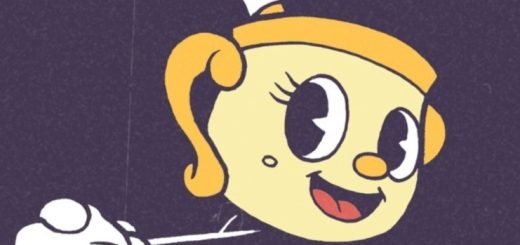Pokémon Scarlet and Violet are comprehensive technical failures
Recent Pokémon games haven’t really been known for their technical sophistication. Newer titles have oscillated between simple isometric 3D games and more ambitious, open efforts, but none have particularly impressed. Pokémon Scarlet and Violet, however, seem to be qualitatively different. Almost every review mentions major technical issues, and players have documented countless areas of concern – from poor image quality and frame-rates to fundamental problems like game-breaking bugs. Our own analysis is damning: the new Pokémon release has problems across the board – and it’s actually in comparisons to Pokémon Legends: Arceus that we begin to see just how much of a backward step this is.
Cutting to the chase, Pokémon Scarlet and Violet simply do not live up to the standards of other Pokémon titles. There are so many glaring technical problems that it’s going to be difficult to cover them all, but the most fundamental issue is the poor visual design and asset quality. Scarlet and Violet are bland and extremely basic-looking: environmental assets are of a low quality with basic geometry, ugly tiled textures and simple designs. At a distance, the environmental assets look at their worst, stripped of most detail and completely lacking shadows. Violet makes use of some pretty harsh normal maps to add detail here, clasing with the game’s generally otherwise low-frequency aesthetic.
Textures in general are pretty bad, both in terms of artwork and asset quality. Low resolution 2D art is everywhere, while texture art used for larger surfaces is usually very crudely tiled, with obvious and unsightly repeated patterns. Even before you consider any of the game’s serious technical faults and cutbacks, the fundamental artwork often looks ugly and cheap.
There are also issues with draw distance and LOD management. To start with, NPCs and Pokémon pop-in suddenly at relatively close distances, and often jump in and out of existence as you approach. It’s a highly distracting issue, particularly when traveling at speed. Making matters worse, the game doesn’t keep track of Pokémon entities at all after they pop out, so moving forwards and backwards effectively despawns whatever Pokémon that were present. Environmental geometry and shadow maps also pop in quite close to the camera, which is jarring. There’s zero approximation of shadows at range, except for some ugly texture-based cloud shadows, so shadow draw can be very conspicuous here. Certain environments also have sudden lighting changes when you pass a certain threshold.


